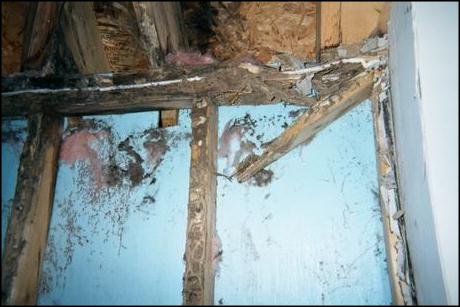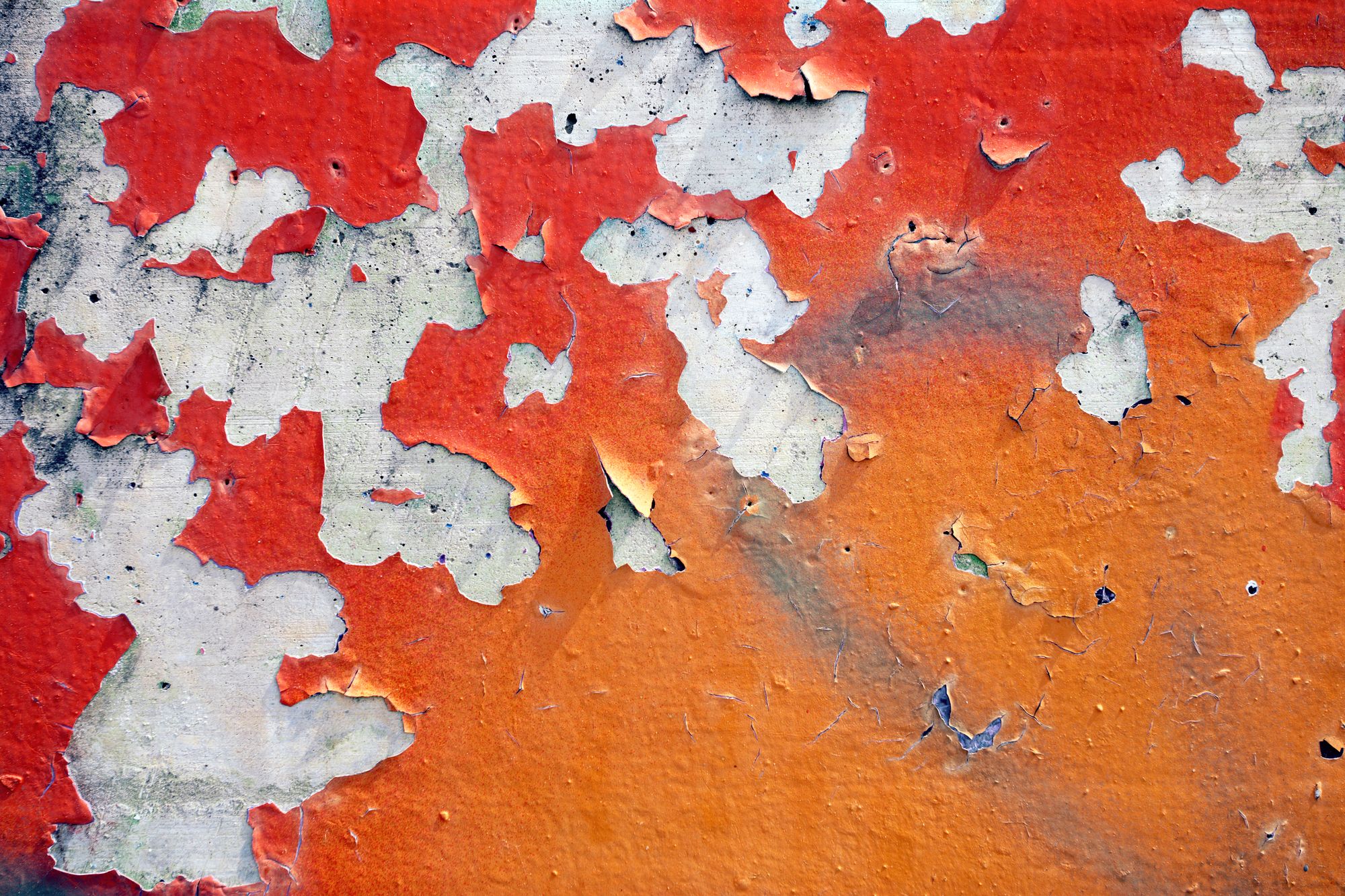Essential Steps To Diagnose And Mend Water Stains On Walls
Essential Steps To Diagnose And Mend Water Stains On Walls
Blog Article
Just about every person is bound to have their own thinking about Indicators of Water Damage Behind Walls.

Water discolorations on wall surfaces are not positive to the eyes. Occasionally it seems nearly unpreventable to experience water stains on walls in houses.
House owners staying in humid regions continuously take care of the concern of water spots on walls. That doesn't have to be the case for you. With well-rounded and exact info on the reasons for water spots and prompt repair procedures, you will certainly constantly be a step ahead of such incidents. This article assures to be a valuable guide for you.
3 Common Root Causes Of Water Stains on Wall Surfaces
Contrary to common belief, water stains on wall surfaces do not constantly stem from bad structure materials. There are a number of sources of water stains on walls. These consist of:
Wet
When hot damp air meets completely dry cold air, it triggers water beads to form on the wall surfaces of buildings. This happens in bathroom and kitchens when there is steam from cooking or showers. The water beads can stain the surrounding walls in these parts of your residence and spread to various other locations.
Wet or condensation influences the roof covering and walls of buildings. When the wall is damp, it produces an ideal setting for the development of fungi as well as microorganisms.
Poor Drain
When making a building plan, it is essential to guarantee adequate water drainage. This will certainly stop water from leaking into the walls. Where the water drainage system is obstructed or missing, underground dampness accumulates. This web links to extreme wetness that you notice on the wall surfaces of your structure.
So, the leading reason for wet wall surfaces, in this situation, can be a poor drainage system. It can also result from bad management of sewer pipelines that run through the structure.
Pipeline Leaks
Many homes have a network of water pipelines within the walls. It constantly boosts the practicality of such pipelines, as there is little oxygen within the walls.
Yet, a downside to this is that water leak affects the wall surfaces of the building and also triggers prevalent damage. A telltale sign of malfunctioning pipes is the look of a water discolor on the wall.
Pro Tip
A houseplant in your house also raises its moisture. So, if the house is currently damp, you might wish to introduce houseplants with very little transpiration. An instance of suitable houseplants is succulents.
Water Discolorations on Wall: Fixing Tips
Property owners would usually want a quick fix when managing water spots. Yet, they would certainly soon understand this is counterproductive as the water spots recur. Right here are a couple of helpful suggestions that will certainly lead you in the repair work of water discolorations on wall surfaces:
Verdict
No one wants to have water stains on walls in their home, it can happen to the best of us. This article offers you utilize, as you currently recognize exactly how to handle this mishap if it does take place.
It is constantly best to hire expert services to help fix the damages in your house.
Occasionally it appears nearly unavoidable to experience water stains on walls in residences.
In contrast to prominent belief, water stains on walls do not constantly stem from bad building materials. There are several reasons of water spots on walls. The water droplets can tarnish the bordering walls in these parts of your residence and also spread to other areas.
Below are a couple of valuable pointers that will certainly direct you in the repair of water discolorations on wall surfaces:
How to Remove Water Stains From Your Walls Without Repainting
The easy way to get water stains off walls
Water stains aren’t going to appear on tile; they need a more absorbent surface, which is why they show up on bare walls. Since your walls are probably painted, this presents a problem: How can you wash a wall without damaging it and risk needing to repait the entire room?
According to Igloo Surfaces, you should start gently and only increase the intensity of your cleaning methods if basic remedies don’t get the job done. Start with a simple solution of dish soap and warm water, at a ratio of about one to two. Use a cloth dipped in the mixture to apply the soapy water to your stain. Gently rub it in from the top down, then rinse with plain water and dry thoroughly with a hair dryer on a cool setting.
If that doesn’t work, fill a spray bottle with a mixture of vinegar, lemon juice, and baking soda. Shake it up and spray it on the stain. Leave it for about an hour, then use a damp cloth to rub it away. You may have to repeat this process a few times to get the stain all the way out, so do this when you have time for multiple hour-long soaking intervals.
How to get water stains out of wood
Maybe you have wood paneling or cabinets that are looking grody from water stains too, whether in your kitchen or bathroom. Per Better Homes and Gardens, you have a few options for removing water marks on your wooden surfaces.
You can let mayonnaise sit on your stain overnight, then wipe it away in the morning and polish your wood afterward. You can also mix equal parts vinegar and olive oil and apply to the stain with a cloth, wiping in the direction of the grain until the stain disappears. Afterward, wipe the surface down with a clean, dry cloth. Try placing an iron on a low heat setting over a cloth on top of the stain. Press it down for a few seconds and remove it to see if the stain is letting up, then try again until you’re satisfied. (Be advised that this works best for still-damp stains.) https://lifehacker.com/how-to-remove-water-stains-from-your-walls-without-repa-1849742925

Do you appreciate more info about How to Remove Water Stains from Walls and Ceilings? Write a review further down. We will be pleased to listen to your suggestions about this write up. In hopes that you come back again later on. So long as you liked our blog posting kindly remember to share it. I thank you for reading our article about Indicators of Water Damage Behind Walls.
Visit Site
Report this page